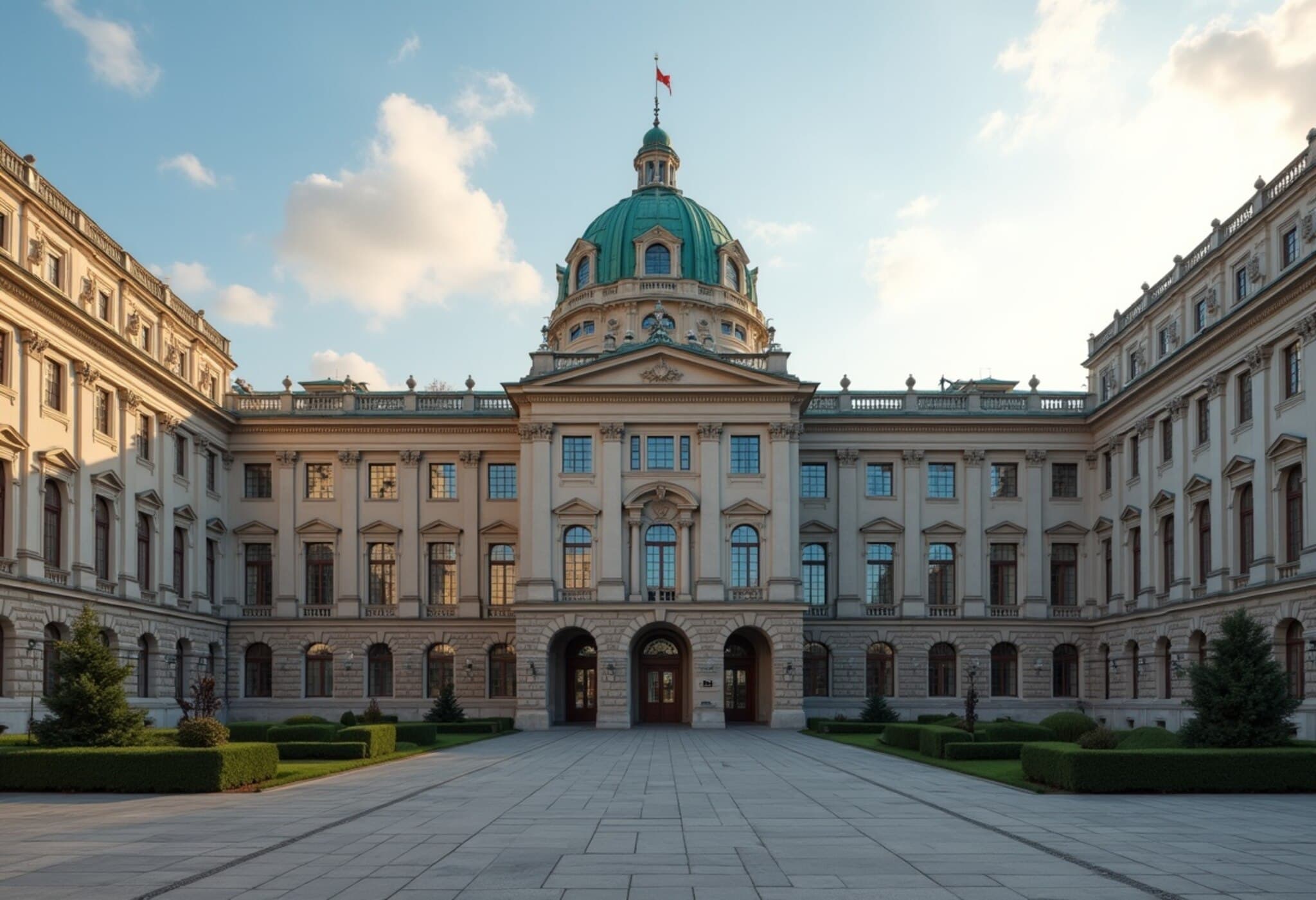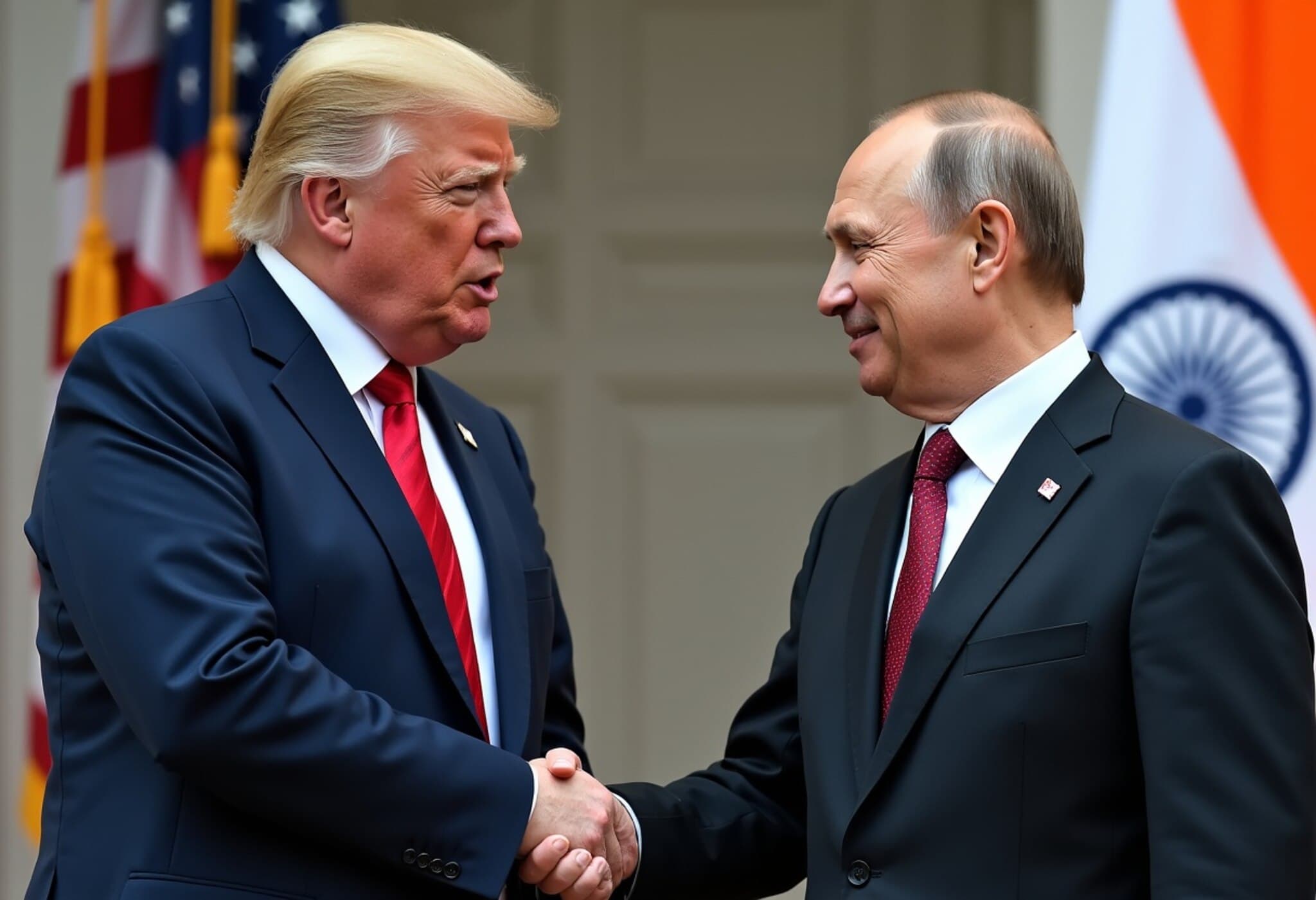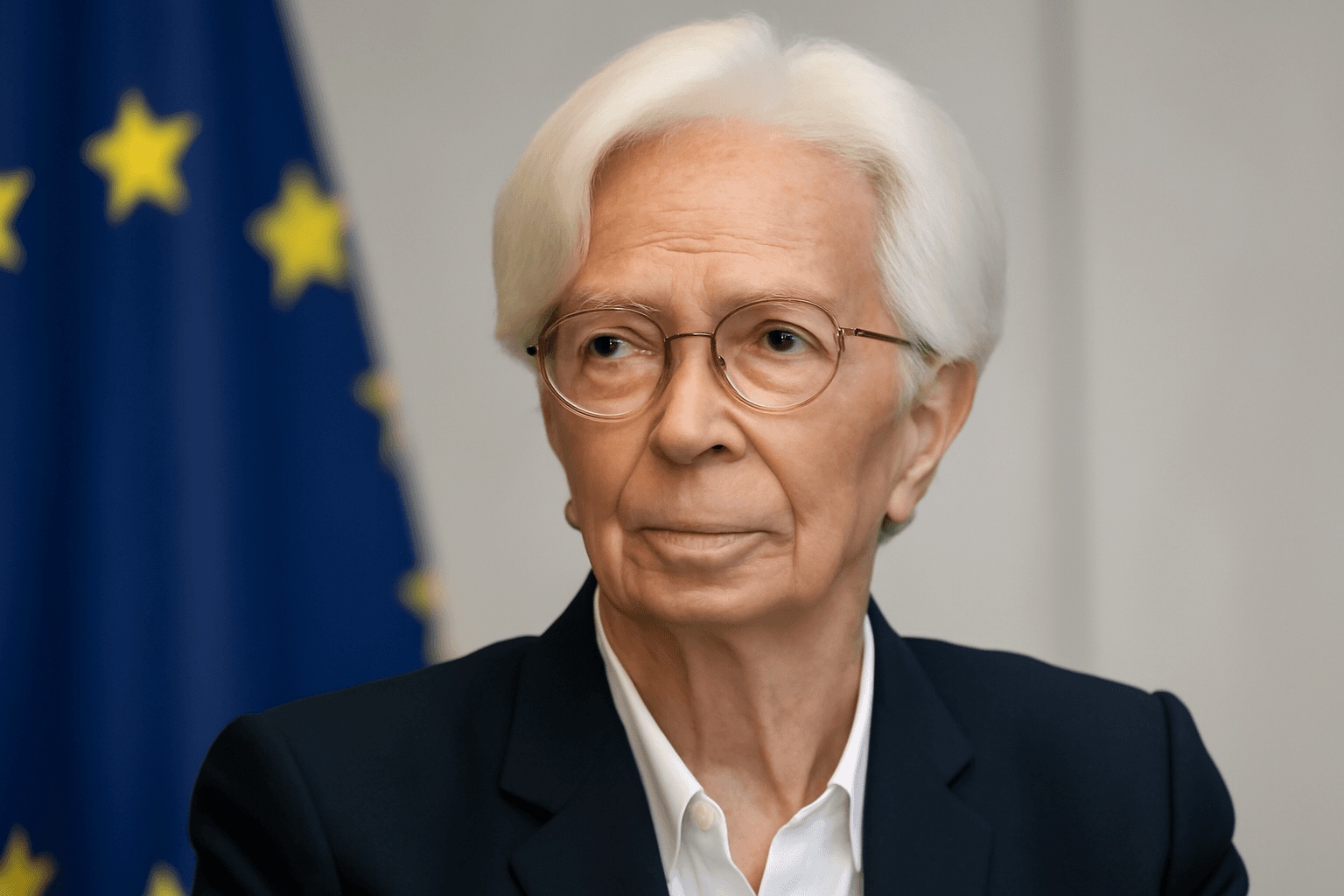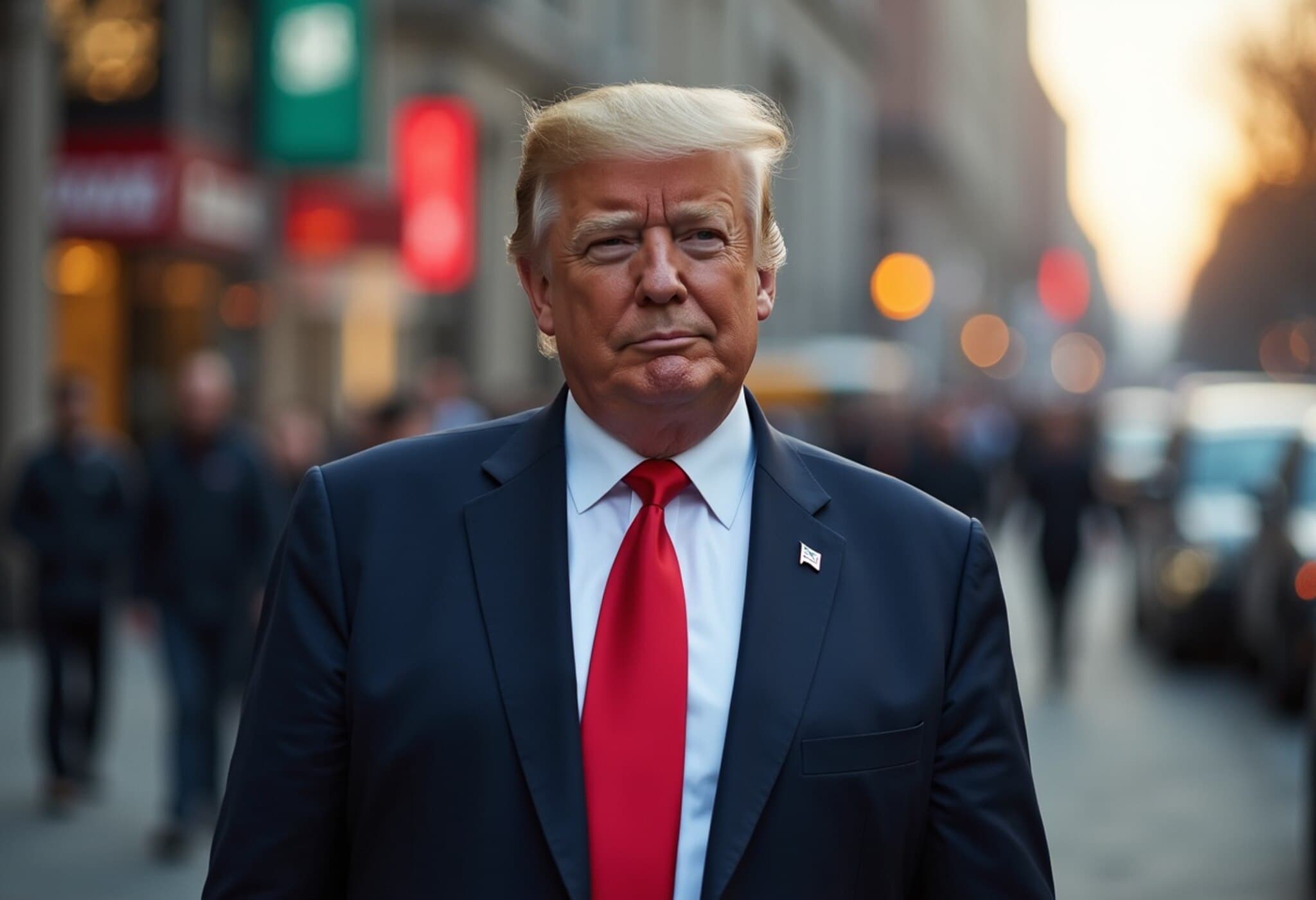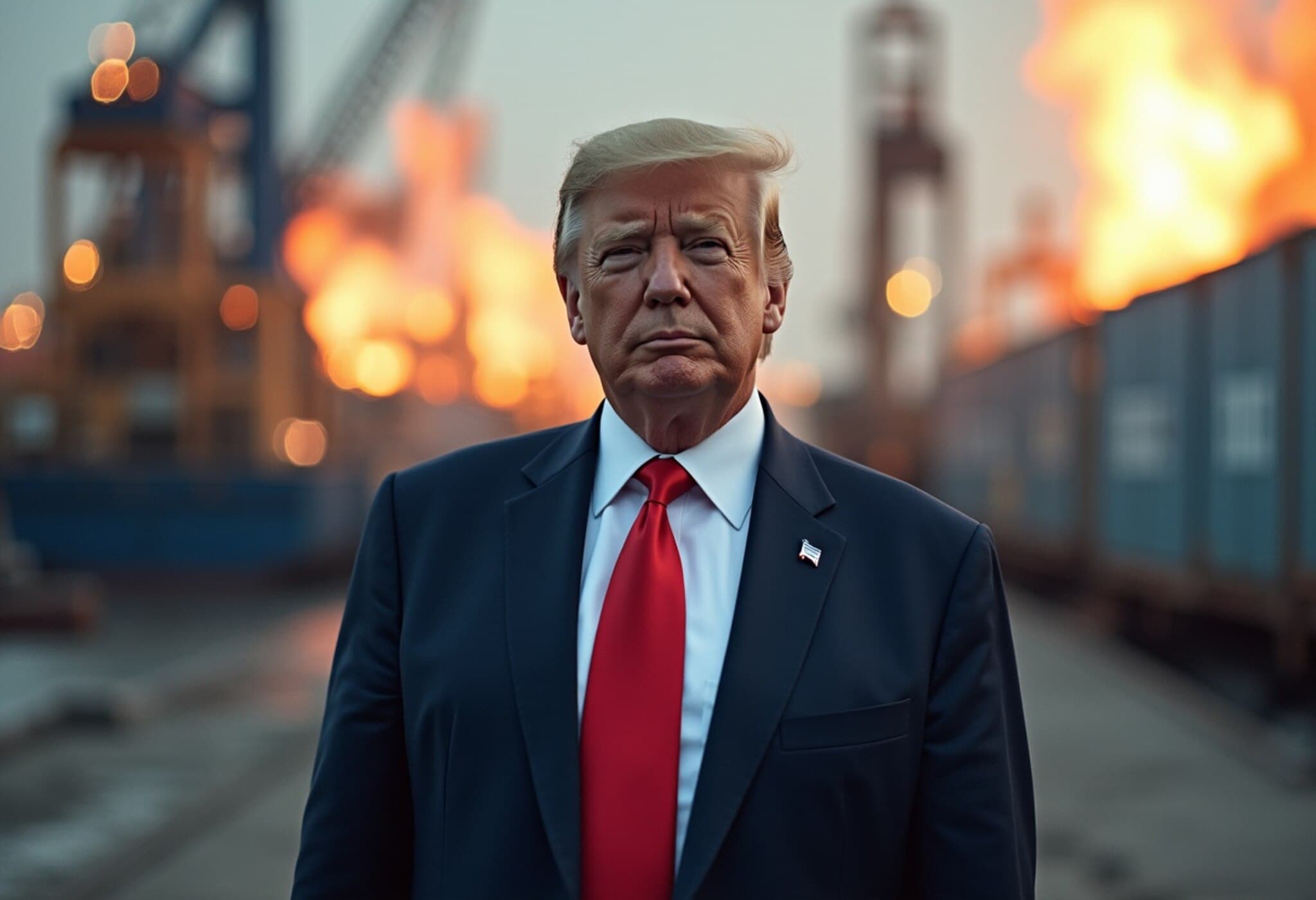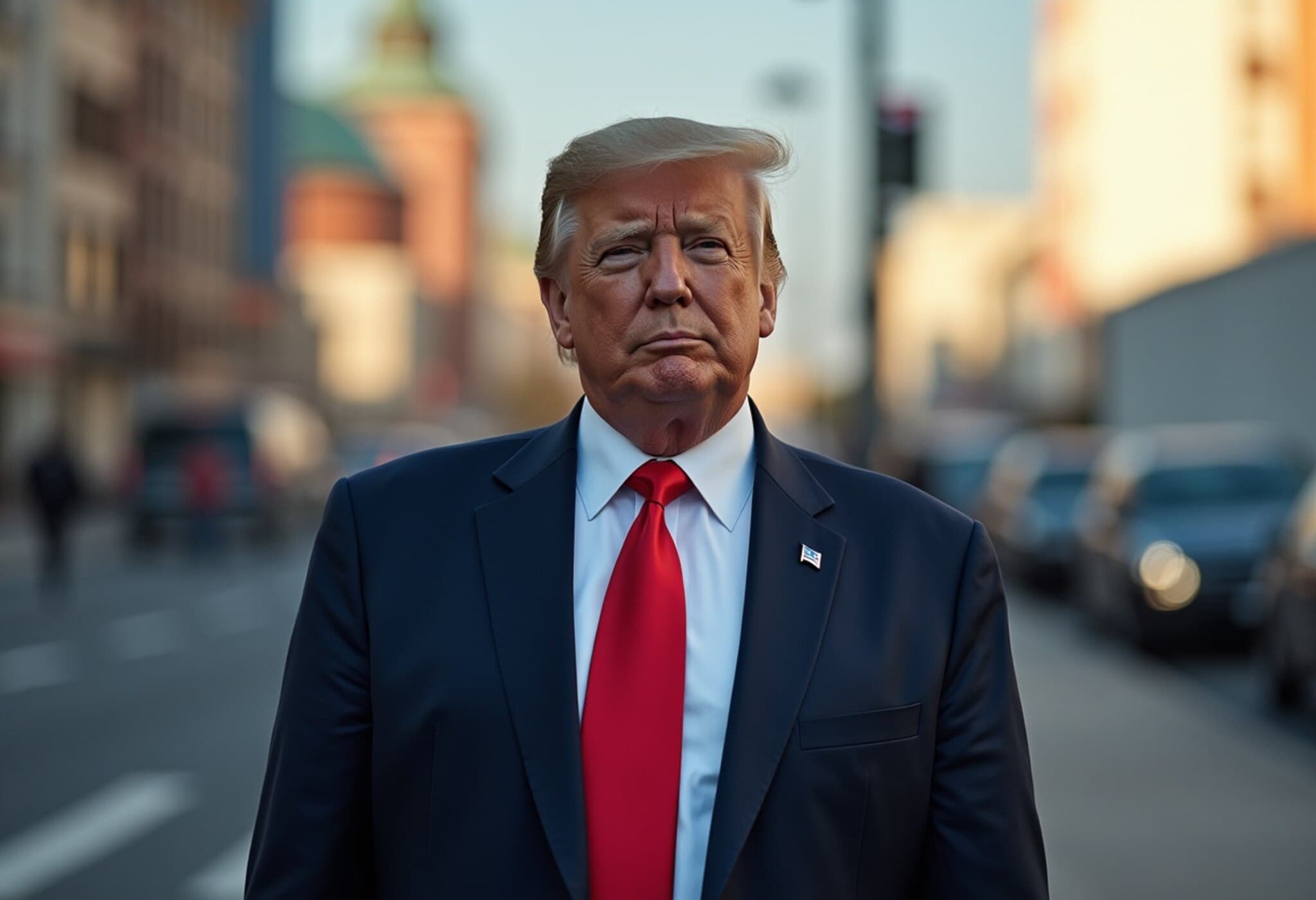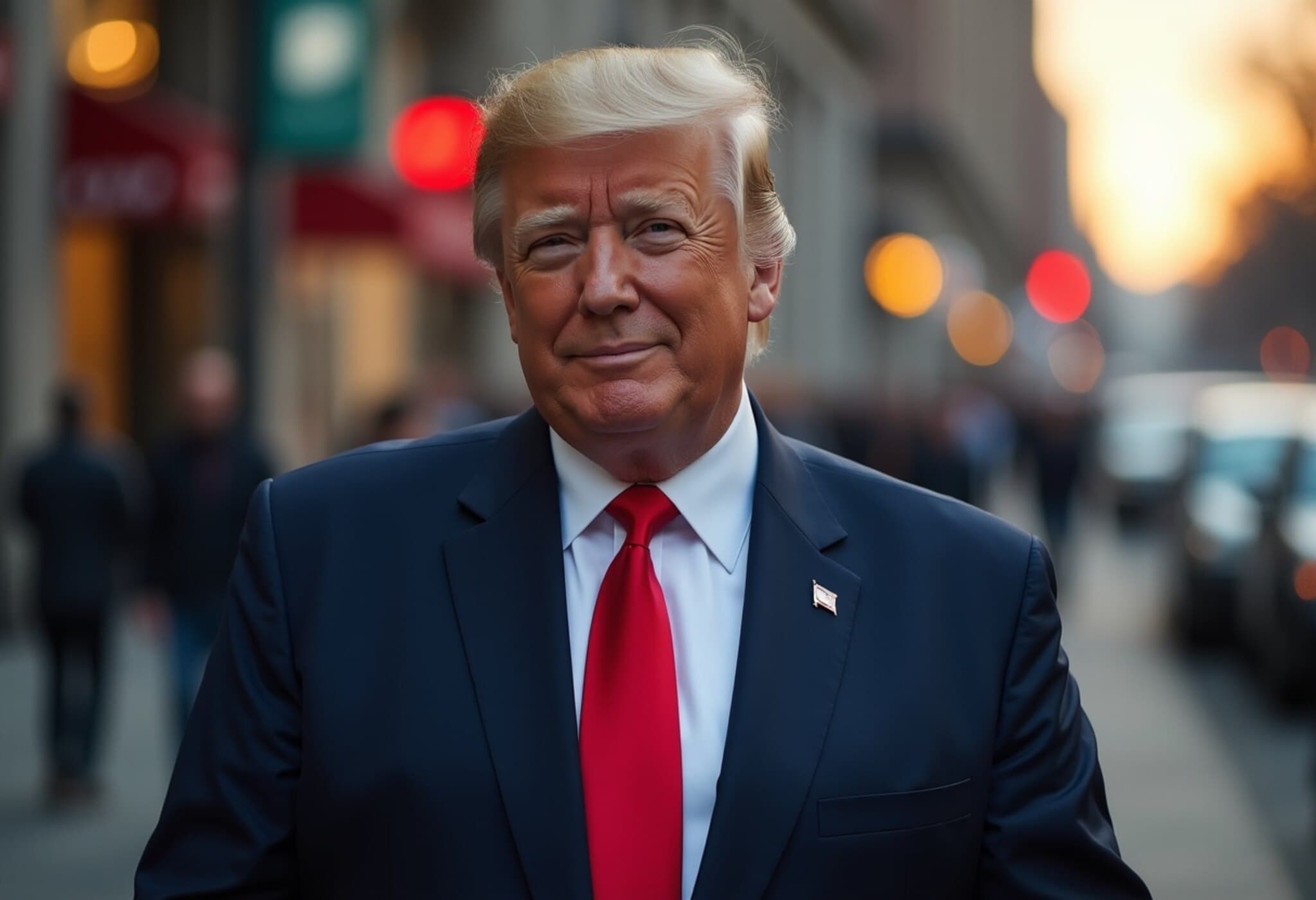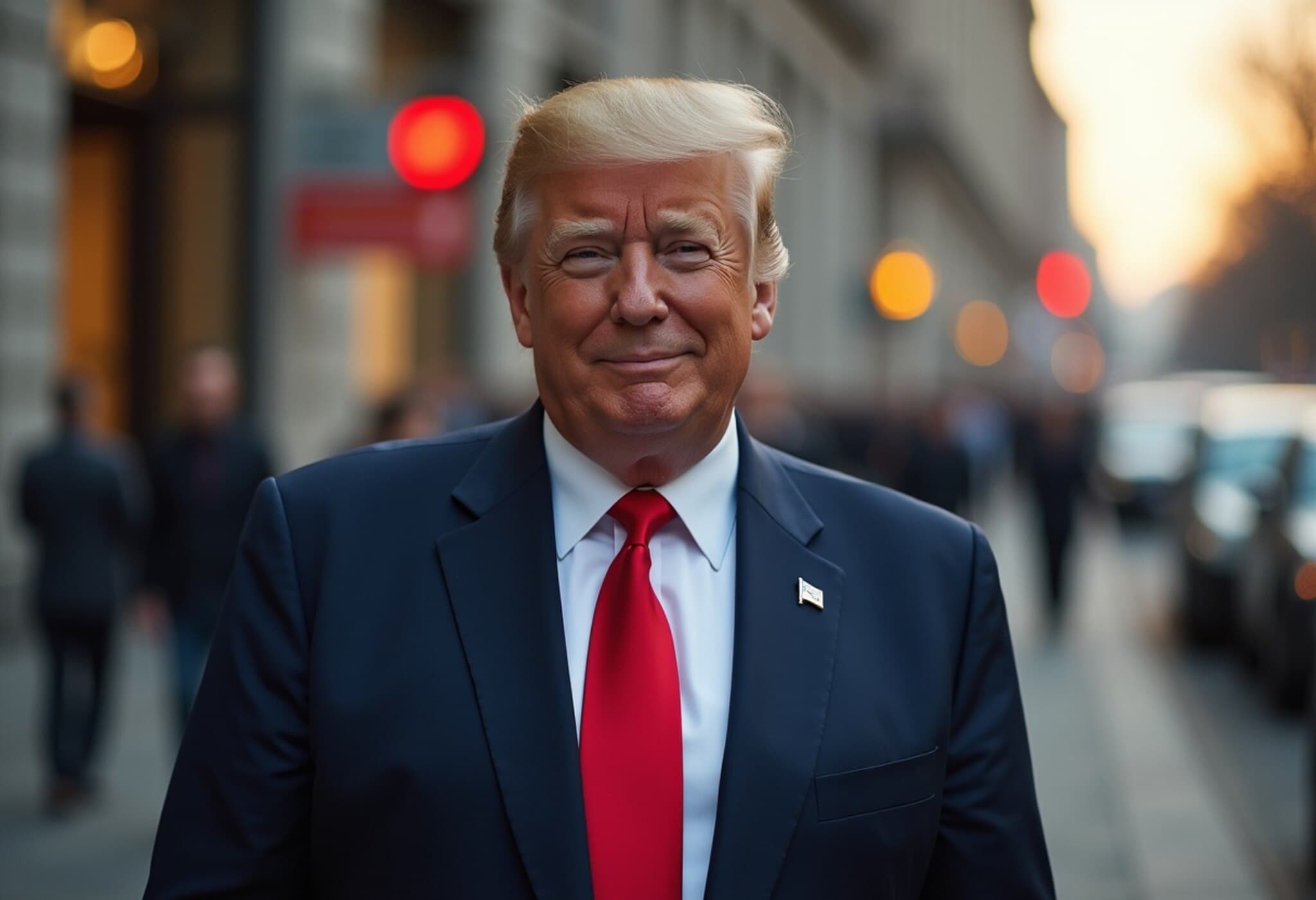U.S. Escalates Trade Pressure on India Over Russian Oil Purchases
In a striking turn of events, U.S. President Donald Trump intensified economic pressure on India by raising tariffs to 50% amid escalating tensions over New Delhi’s continued purchase of Russian crude oil. This move has reignited debates around global energy markets and geopolitical alliances, as India remains one of the largest importers of Russian oil despite Western sanctions following Moscow’s invasion of Ukraine.
The Complex Dynamics of India’s Russian Oil Imports
India currently imports approximately 1.79 million barrels per day of Russian crude, representing nearly half of its total oil imports. Unlike liquefied natural gas (LNG), Russian crude oil has not been directly sanctioned by the U.S., but it is subject to a price cap established by the European Union and G7 countries designed to limit Moscow’s revenue without disrupting supply.
Industry insiders from the Indian petroleum sector, speaking anonymously due to the sensitivity of the issue, emphasized that India is complying with all international sanctions. They argue India's strategic imports help stabilize the global oil market by offsetting supply shortages elsewhere — a nuance often overlooked in the ongoing debate.
Historical U-Turns and Diplomatic Contradictions
Bob McNally, president of Rapidan Energy Group and a former White House energy advisor, highlighted the diplomatic paradox: “Joe Biden and previous U.S. administrations encouraged India to buy Russian oil to keep global prices down after the Ukraine invasion. Now, the narrative flips, questioning India's role in the supply chain.”
Indeed, India was urged to support Russian oil purchases under price caps to avoid energy price shocks, only to face tariffs and diplomatic censure soon after. This inconsistent messaging illustrates the delicate balance between economic interests, energy security, and geopolitical strategy.
Potential Global Market Impact of Curtailing Indian Purchases
Experts warn that if India were to abruptly halt imports of Russian crude, global oil prices could surge dramatically. According to industry sources, prices might exceed $200 per barrel, a spike that would send ripples through economies still reeling from inflationary pressures worldwide. UBS commodity analyst Giovanni Staunovo explains that while Indian refineries could pivot back to Middle Eastern crude, it is unlikely that other buyers would fully absorb the displaced Russian barrels, leading to tightening supply.
Short-term price jumps may drive Brent crude above $80 per barrel, significantly affecting consumers and producers alike globally.
Geostrategic Implications and U.S.-India Relations
Adding complexity, the tariff hike comes amidst a pivotal phase for U.S.-India relations. India is a crucial security partner in the Indo-Pacific, yet the aggressive economic penalties risk undermining trust. Indian Petroleum Minister Hardeep Singh Puri rebuffed the U.S. criticism as “unjustified and unreasonable,” underscoring that India’s energy decisions were coordinated with Washington.
Energy consultant Sara Vakhshouri views the tariffs as a “negotiation tactic”, aimed at regaining lost U.S. oil market share in India and compensating for recent export declines. The strategy suggests a broader competition between American and Russian energy interests playing out on the geopolitical stage.
The Broader Energy Context: OPEC+, Sanctions, and Price Caps
Russia remains the world’s third-largest crude producer, averaging almost 11 million barrels daily, a significant portion under the OPEC+ alliance guiding output decisions. Despite sanctions and EU restrictions on seaborne shipments, Russian oil exports continue under the price cap mechanism, which attempts to strangle Kremlin revenues while avoiding steep supply disruptions.
European reliance on Russian LNG persists, reflecting deeply intertwined energy ties that complicate clean-cut sanction regimes. The interplay between sanctions, price caps, and market stability calls for careful policymaking to prevent unintended economic shockwaves.
Looking Ahead: Navigating Energy Security Amid Global Tensions
The U.S. approach to sanctioning partners like India while managing its own energy diplomacy spotlights the challenges of balancing strategic interests with market realities. As global energy demand rebounds, sustainable solutions require nuanced dialogue rather than blunt trade penalties.
Key Questions Moving Forward
- Can the U.S. and India reconcile their differing approaches to Russian oil without jeopardizing broader strategic partnerships?
- How might global oil markets adjust if major buyers shift away from Russian supply absent adequate alternatives?
- What role will OPEC+ and other producers play in stabilizing prices amid geopolitical uncertainty?
- Could a more coordinated international framework emerge to balance sanctions, energy security, and economic stability?
Editor’s Note
The unfolding dispute over India’s Russian oil imports and the U.S. tariff escalation reveals more than just trade numbers; it reflects the intricacies of modern geopolitics where energy is both a lifeline and a weapon. The emerging tensions underscore the need for transparent communication and multilateral cooperation. Stakeholders and observers alike should watch for evolving strategies that may redefine alliances, impact global energy prices, and ultimately shape the economic futures of nations.



